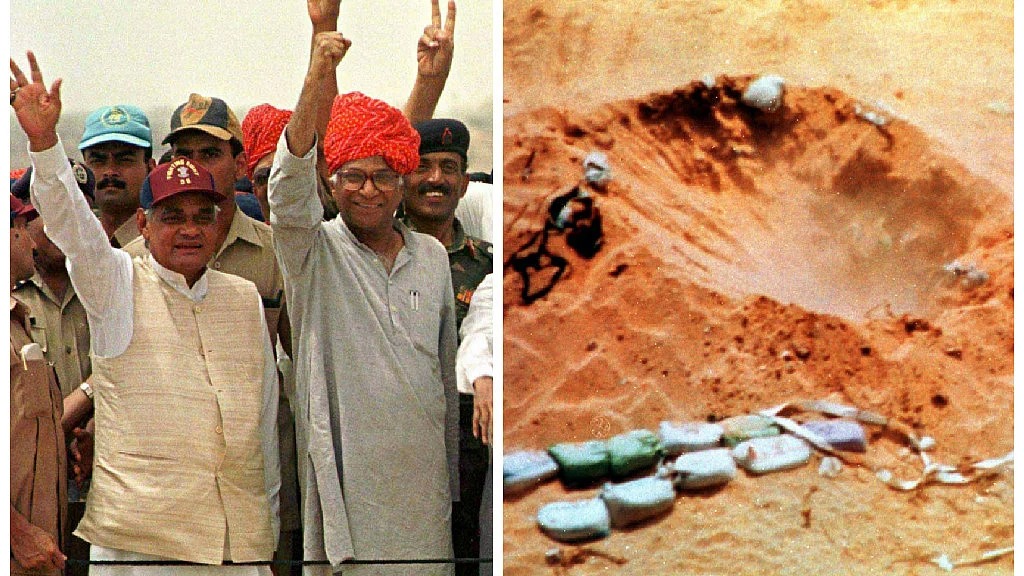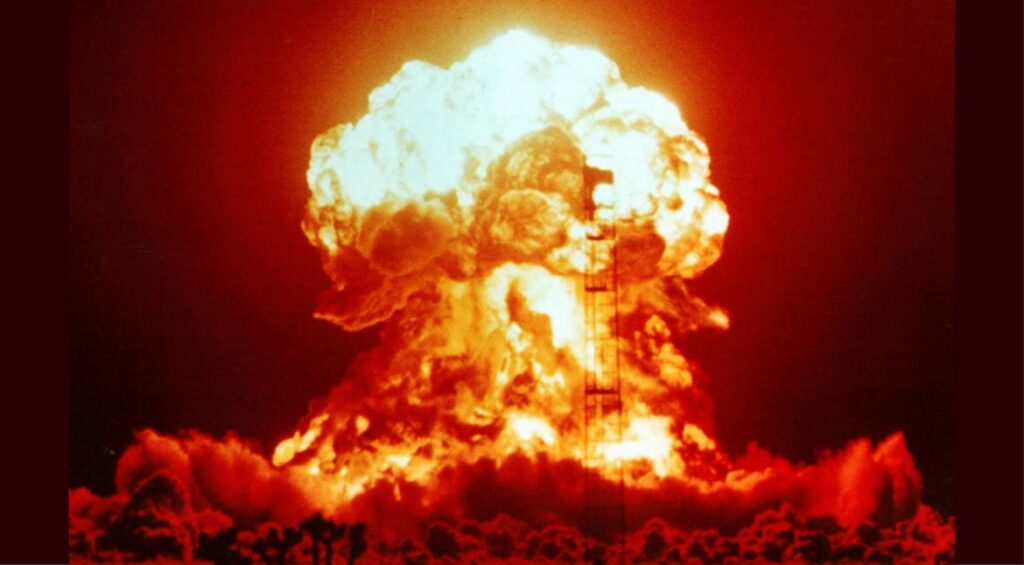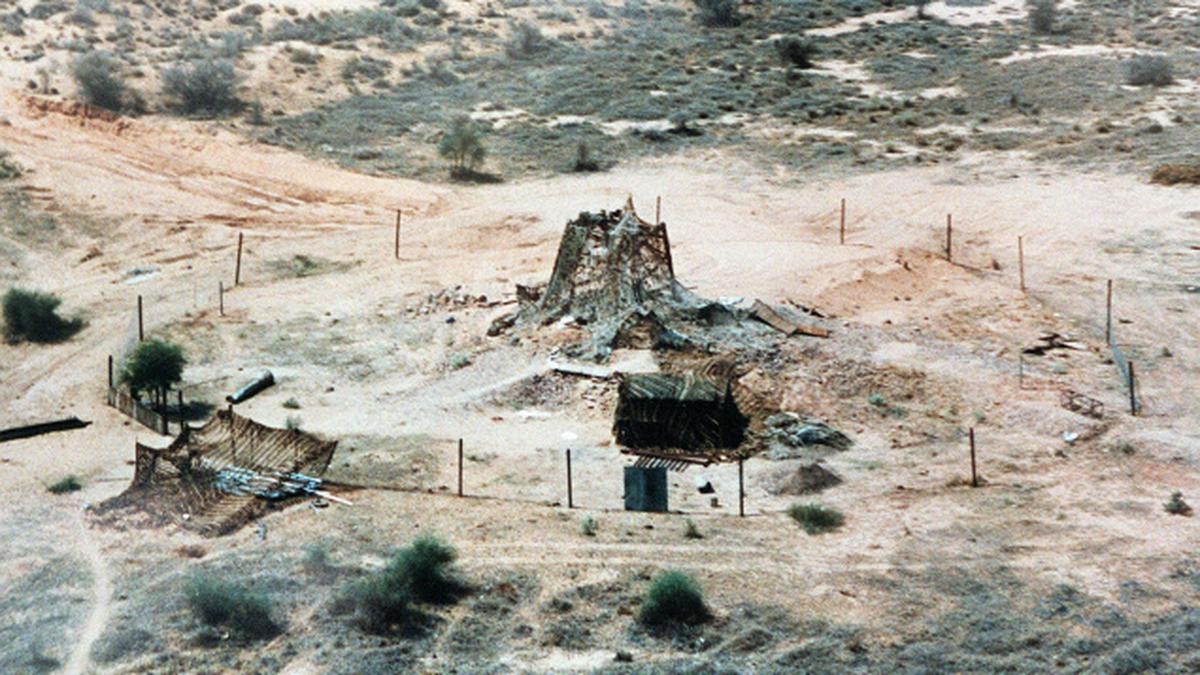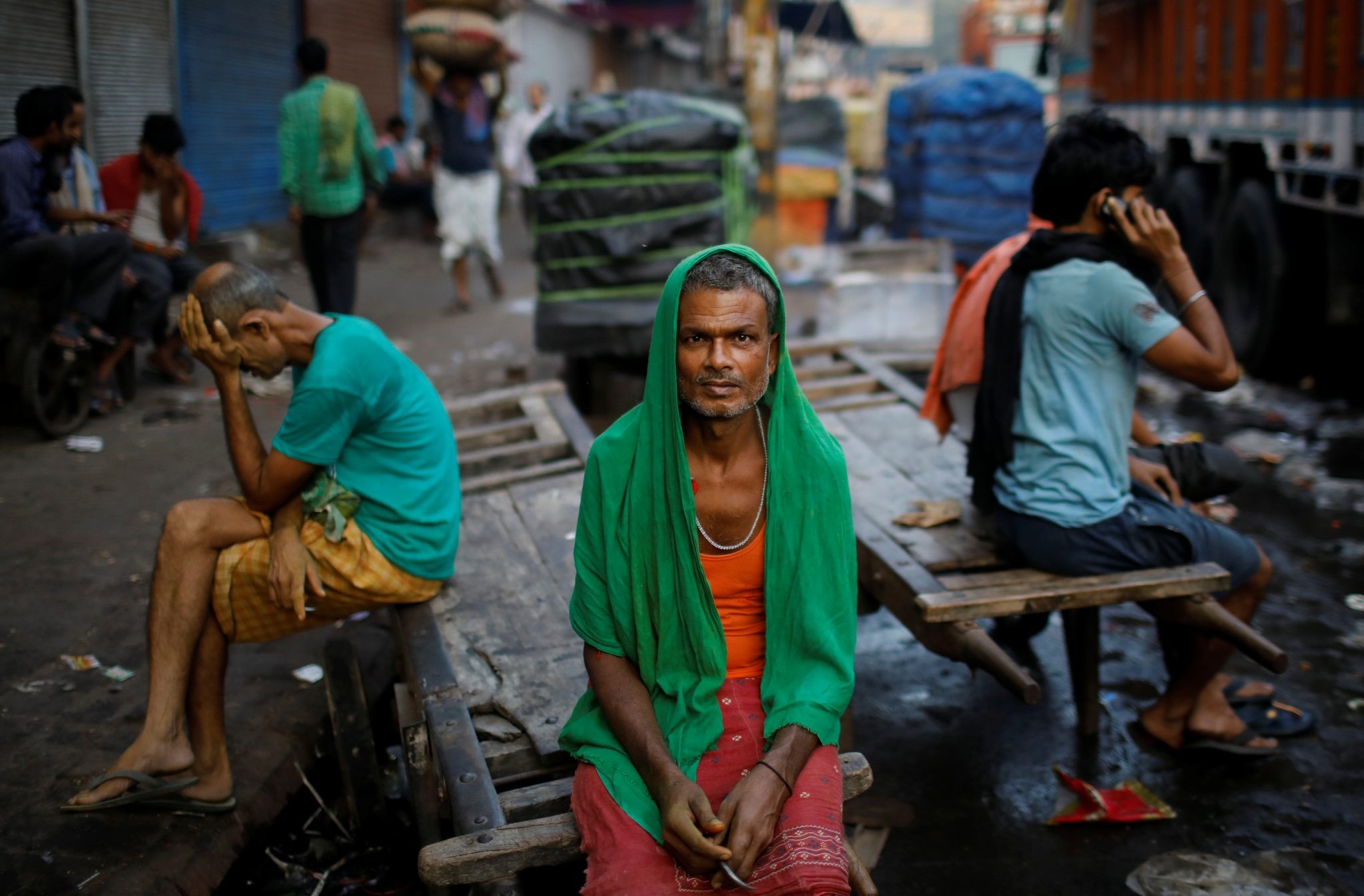Introduction
Pokhran-II refers to India’s series of five underground nuclear tests conducted at the Indian Army’s Pokhran Test Range in Rajasthan on 11 and 13 May 1998, demonstrating a thermonuclear design and multiple fission devices and declaring India a nuclear-weapon state in practice outside the NPT framework. The test series, code-named Operation Shakti, followed the 1974 “Smiling Buddha” PNE and marked the operationalization and diversification of India’s nuclear capability. The tests triggered international sanctions and galvanized the global nonproliferation debate, while India announced a doctrine of credible minimum deterrence and a voluntary moratorium on further testing.

Background and Rationale
The 1974 Pokhran-I test had established basic implosion competence, but India refrained from overt weapons testing for nearly a quarter-century due to technological, diplomatic, and economic considerations. By the late 1990s, security concerns regarding regional proliferation, including China’s and Pakistan’s capabilities, and a desire for strategic autonomy, formed the policy backdrop for a decisive validation of advanced designs at Pokhran-II. The BJP-led government under Prime Minister Atal Bihari Vajpayee ordered the tests shortly after assuming office in March 1998, reviving previously shelved plans with enhanced operational secrecy.
The Tests: Dates, Devices, and Yields
- Shakti I–III (11 May 1998): India detonated three devices simultaneously—reported as a thermonuclear (two-stage) device, a fission device, and a sub-kiloton device—at about 15:45 IST, producing a composite seismic signal detected internationally. India officially stated a total yield around 55kt, including a 43kt thermonuclear and a 12kt fission device, while independent seismic analyses often assessed lower aggregate yields, sparking an enduring debate over the thermonuclear stage’s performance.
- Shakti IV–V (13 May 1998): Two additional sub-kiloton tests were conducted to validate low-yield designs and engineering parameters, broadening India’s design envelope and data for weaponization.
India’s government press information and later technical accounts consistently describe five devices across two days, comprising thermonuclear, fission, and sub-kiloton classes, with design validation as the primary objective. External studies using teleseismic data generally infer lower total seismic yields than official claims, but acknowledge multiple shots and diverse device types across the series.
Secrecy, Deception, and Test Range Preparations
Pokhran-II employed stringent counter-surveillance measures, including night-time movements, decoy activity, and concealment of shaft preparations under camouflage and natural cover to evade foreign satellite observation. The test shafts were prepared at new locations and deeper emplacements to manage containment and signature reduction compared to 1974, reflecting advances in site engineering and diagnostics.
Immediate Aftermath: Diplomacy, Sanctions, and Doctrine
- International reaction: The United States and other states imposed sanctions under national laws and supplier policies, restricting aid, technology, and dual-use transfers to India in the immediate aftermath of 11–13 May 1998. Japan and several European partners froze certain aid lines, and the global nonproliferation community condemned the tests as a setback to the CTBT’s normative momentum, which India had opposed in 1996 negotiations.
- India’s policy stance: New Delhi articulated credible minimum deterrence, declared a voluntary moratorium on further testing, and later announced a No First Use posture, framing its program as restrained and defensive while seeking to normalize nuclear status outside the NPT’s weapon-state framework.
Pakistan’s Response
Pakistan conducted its own series of underground tests (Chagai-I and II) on 28 and 30 May 1998, citing the need to restore strategic balance in South Asia after Pokhran-II, leading to reciprocal sanctions and a regionally entrenched nuclear dyad with overt test-validated capabilities. The tit-for-tat sequence underscored the regional security spiral and prompted subsequent risk-reduction talks, hotline mechanisms, and political declarations to avoid crises, albeit with recurring tensions thereafter.
Significance for India’s Strategic Program
Pokhran-II is widely viewed as the inflection point that transitioned India from a recessed or ambiguous posture to a declared deterrent policy anchored in tested designs and the political will to signal capability. It catalyzed the formalization of command-and-control structures, the development of delivery platforms across air, land, and sea legs, and the articulation of a doctrine emphasizing minimum, credible, and survivable deterrence under civilian control. The test data—especially on sub-kiloton devices—supported engineering of a spectrum of yields, while the thermonuclear device’s debated performance continues to feature in technical and policy discourse on force requirements and potential future choices under a declared testing moratorium.
Long-Term Outcomes: From Isolation to Engagement
Sanctions imposed after 1998 gradually gave way to selective engagement as major powers recalibrated relations with India’s rising economy and converging strategic interests, culminating a decade later in the 2008 Nuclear Suppliers Group waiver enabling international civil nuclear cooperation with India under IAEA safeguards for designated facilities. The waiver acknowledged India’s nonproliferation record, separation plan, and moratorium, even as India remained outside the NPT as a nuclear-armed state, a unique status shaped decisively by Pokhran-II.
Key Dates and Facts
- 11 May 1998: Shakti I–III tests (thermonuclear, fission, sub-kiloton) at Pokhran Test Range, Rajasthan.
- 13 May 1998: Shakti IV–V sub-kiloton tests conducted at Pokhran.
- Post-13 May 1998: International sanctions and condemnations issued; India declares a voluntary test moratorium and articulates credible minimum deterrence.
- 28–30 May 1998: Pakistan’s Chagai tests in response to Pokhran-II.
Key Figures and Institutions
- Political leadership: Prime Minister Atal Bihari Vajpayee authorized Operation Shakti shortly after assuming office, reflecting a long-standing party commitment to clarify India’s nuclear status.
- Scientific leadership: The Department of Atomic Energy (BARC) led device design and diagnostics in collaboration with DRDO for integration and range operations, supported by the Indian Army’s test range infrastructure at Pokhran.
Interesting Notes
- Seismic debate: External teleseismic yield estimates have generally trailed India’s official figures, fueling a long-running technical debate on the thermonuclear device’s secondary-stage efficiency, though all sides accept multiple, diverse shots occurred across 11 and 13 May.
- Code name: Operation Shakti designated the 1998 series, distinguishing it from the 1974 Pokhran-I (Smiling Buddha) and emphasizing a broader portfolio of tested designs beyond a single device class.
- Declaratory policy: Within months, India outlined pillars of deterrence including credible minimum forces, non-use against non-nuclear states, and No First Use, setting a distinct doctrinal signature among nuclear-armed states outside alliance structures.

Conclusion
By conducting five underground nuclear tests over two days in May 1998, India validated a family of device designs, shifted from strategic ambiguity to a declared deterrent posture, and accepted near-term diplomatic costs to secure long-term autonomy in nuclear policy and doctrine. The tests precipitated Pakistan’s reciprocal detonations, redefined regional security dynamics, and initiated a decade-long trajectory from sanctions to selective normalization that culminated in renewed civil nuclear engagement despite India’s non-NPT status.




